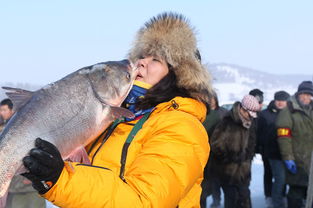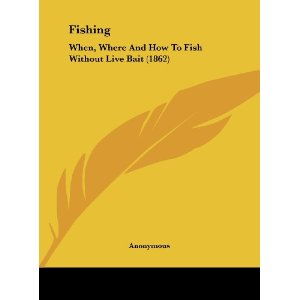The Art of Lure Fishing: Techniques and Baits for Effective Catch
Lure fishing, a popular and exciting form of angling, has captivated anglers worldwide with its dynamic approach and the thrill of the chase. Whether you're a seasoned pro or a beginner, mastering the techniques and understanding the right bait can significantly enhance your chances of a successful catch. In this article, we'll delve into the essentials of lure fishing, focusing on the art of using the right饵料 and techniques to outsmart the most elusive fish.
Understanding Lure Fishing
Lure fishing involves using artificial lures to mimic the movement and appearance of natural prey, enticing fish to strike. Unlike other forms of fishing, lure fishing requires a keen understanding of the water, the fish you're targeting, and the techniques to make your lure irresistible.
Choosing the Right Lure
The first step in successful lure fishing is selecting the right lure for the species you're targeting. Here are some popular types of lures and their ideal uses:
Spinners: These lures have a propeller that spins, creating a lot of vibration and movement. They're excellent for attracting fish that are sensitive to movement and vibration, such as bass and pike.
Crankbaits: These lures are designed to dive and mimic the swimming motion of fish. They're great for targeting species like trout, bass, and walleye that are found in deeper waters.
Jigs: Jigs are versatile lures that come in various shapes and sizes. They're perfect for slow-moving water and can be used to imitate a wide range of prey, from minnows to crayfish.
Soft Plastics: These lures are made from soft, flexible materials and can be shaped to mimic a variety of prey. They're great for catching fish that feed on smaller creatures, such as worms, crayfish, and minnows.
Topwater Lures: These lures are designed to be fished on the surface of the water, creating a commotion that attracts fish. They're ideal for targeting species like bass and panfish during warm weather.
Using the Right Bait
Once you've chosen the right lure, the next step is to use the right bait. Here are some tips on how to use different types of bait effectively:

Natural Baits: For some species, using natural baits like live minnows, worms, or crayfish can be more effective. These baits are often preferred by fish because they resemble their natural food sources.
Artificial Baits: Artificial baits, such as plastic worms or lures, can be used to mimic the movement and appearance of natural prey. The key is to experiment with different retrieves and techniques to see what works best for the fish you're targeting.
Color and Size: The color and size of your bait can also play a significant role in attracting fish. Bright colors like red, white, and chartreuse are often effective in murky water, while natural colors like green, brown, and black work well in clear water. The size of your bait should also match the size of the prey that the fish are accustomed to eating.
Techniques for Lure Fishing
Now that you have the right lure and bait, it's time to learn the techniques. Here are some essential lure fishing techniques to help you catch more fish:
Rigging: Proper rigging is crucial for successful lure fishing. Make sure your lure is securely attached to your line and that you have the right leader length and strength for the fish you're targeting.
Retrieve Techniques: The way you retrieve your lure can make a big difference. Experiment with different retrieves, such as a slow roll, a fast twitch, or a stop-and-go motion, to see what triggers a strike.
Timing: Timing is everything in lure fishing. Pay attention to the fish's behavior and strike when they seem most interested in your lure.
Patience and Persistence: Lure fishing can be unpredictable. Be patient and persistent, and don't get discouraged if you don't catch anything right away. Sometimes, the best catches come from persistence.
Adaptability: Be willing to adapt your techniques based on the conditions and the fish's behavior. If one technique isn't working, try something different.
Conclusion
Lure fishing is an art that requires practice, patience, and a deep understanding of the water and the fish you're targeting. By choosing the right lure, using the right bait, and mastering the techniques, you'll be well on your way to becoming a skilled lure fisherman. Remember, the key to success is to keep experimenting and learning from each experience. Happy fishing!












